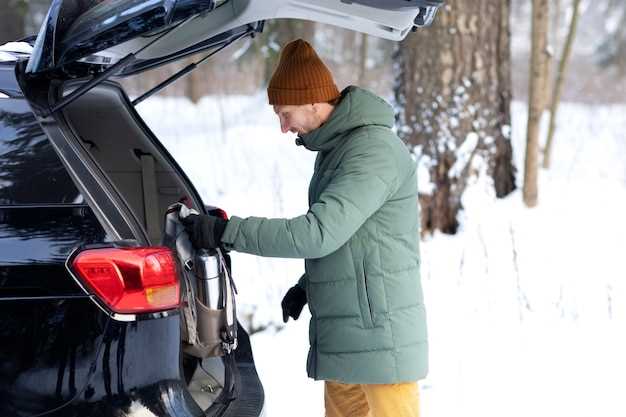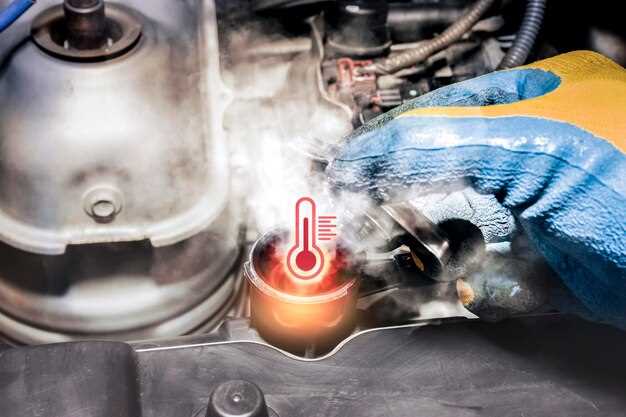
Having a properly functioning car heater is essential, especially during the colder months. A reliable heating system not only keeps you warm but also ensures that your windshield remains clear, providing a safe driving experience. However, even the most dependable heaters can face issues over time, leading to ineffective heating or complete failure.
Recognizing the signs that indicate your car heater requires immediate repair can save you from more extensive damage and costly repairs down the line. Common symptoms include unusual noises, inconsistent heat distribution, and the presence of strange odors when the heater is in use. Being aware of these signs allows you to address problems before they escalate.
If you notice any of these warning signs, it’s crucial to act quickly and seek professional repair services. Ignoring these issues can lead to further complications within your car’s heating system, potentially affecting other components as well. By staying vigilant and proactive about your car’s heating needs, you can ensure a comfortable and safe driving experience year-round.
Inconsistent Heating: Why Temperature Fluctuations Signal Trouble
Inconsistent heating in your car can be a red flag that something is amiss with your vehicle’s heating system. When you notice that the temperature inside your car fluctuates unpredictably, it can lead to discomfort and distractions while driving. These fluctuations often point to underlying issues that require immediate repair.
One common cause of inconsistent heating is a malfunctioning thermostat. If the thermostat is stuck open or closed, it can prevent the engine from reaching the optimal temperature. This not only affects the car’s heating capacity but can also lead to other mechanical failures if not addressed promptly.
Another potential issue is air bubbles in the cooling system, known as air locks. When trapped air disrupts the flow of coolant, it can create hot and cold spots within the heating system. This may result in uneven heating distribution, leaving passengers feeling chilly one moment and warm the next.
A faulty heater core can also contribute to temperature fluctuations. If the heater core is clogged or leaking, it won’t effectively transfer heat to the cabin, making it difficult to maintain a consistent temperature. In this case, repair or replacement of the heater core may be necessary to restore proper heating functionality.
Additionally, low coolant levels can impact heating performance. Coolant circulates through the system, absorbing and transferring heat. If levels are low due to leaks or insufficient maintenance, it may result in inadequate heating. Regular checks and topping off coolant levels can help prevent this problem from arising.
Inconsistent heating is more than just an inconvenience; it can indicate serious issues that warrant immediate attention. Timely repairs can help maintain a safe and comfortable driving experience while preventing further damage to your car’s heating system.
Unusual Noises: Identifying Malfunctions in Your Car Heater

When you start to hear unexpected sounds from your car heater, it can be an indication that something is wrong. Unusual noises such as buzzing, rattling, or hissing can point to specific issues that require immediate attention. Ignoring these sounds may lead to more severe problems, necessitating costly repairs.
A buzzing noise often suggests that there may be a problem with the heater’s blower motor. This component is responsible for circulating warm air throughout the vehicle. If you notice a buzzing sound, it might indicate that the motor is malfunctioning or obstructed by debris.
Rattling noises can indicate loose parts or hardware within the heating system. Over time, components may come loose due to vibrations or wear, which can disrupt the heater’s operation. If left unaddressed, this can result in further damage or complete breakdown of the heating system.
Hissing sounds are typically associated with issues related to coolant flow. This could mean that there is a leak in the system or that air bubbles are forming, potentially signaling an important problem with the heater core. Addressing hissing noises promptly is important, as it may lead to overheating or even engine damage if coolant levels become critically low.
Overall, hearing unusual noises from your car’s heating system should not be taken lightly. If you encounter any of these sounds, it’s advisable to consult a professional for a thorough inspection and necessary repairs. Timely action can ensure your vehicle’s heating system functions effectively and safely during colder months.
Fogged Windows: Understanding the Impact of a Failing Heater

When your car’s heater is not functioning properly, one of the most noticeable and concerning issues is fogged windows. This phenomenon occurs when warm, humid air inside the vehicle meets the cold glass surfaces, causing condensation. A well-functioning heating system should effectively regulate temperature and humidity, preventing fog build-up.
A malfunctioning heater may fail to distribute warm air evenly, leaving certain areas such as windows colder than others. This imbalance creates ideal conditions for fogging, which can impair visibility and pose a significant safety risk while driving. It is crucial to address any heating issues promptly to ensure that defogging mechanisms work efficiently.
Furthermore, if the heater struggles to maintain a consistent temperature, it may also lead to fluctuating humidity levels inside the vehicle. Excess moisture can exacerbate the fogging problem, making it difficult to see, especially during colder months. Regular maintenance of your car’s heating system can help avoid such complications.
In summary, fogged windows are a clear indicator of a failing heater. Immediate repairs can restore effective heating, enhance visibility, and ensure a safer driving experience. Don’t overlook this warning sign; it is essential for both comfort and safety on the road.




